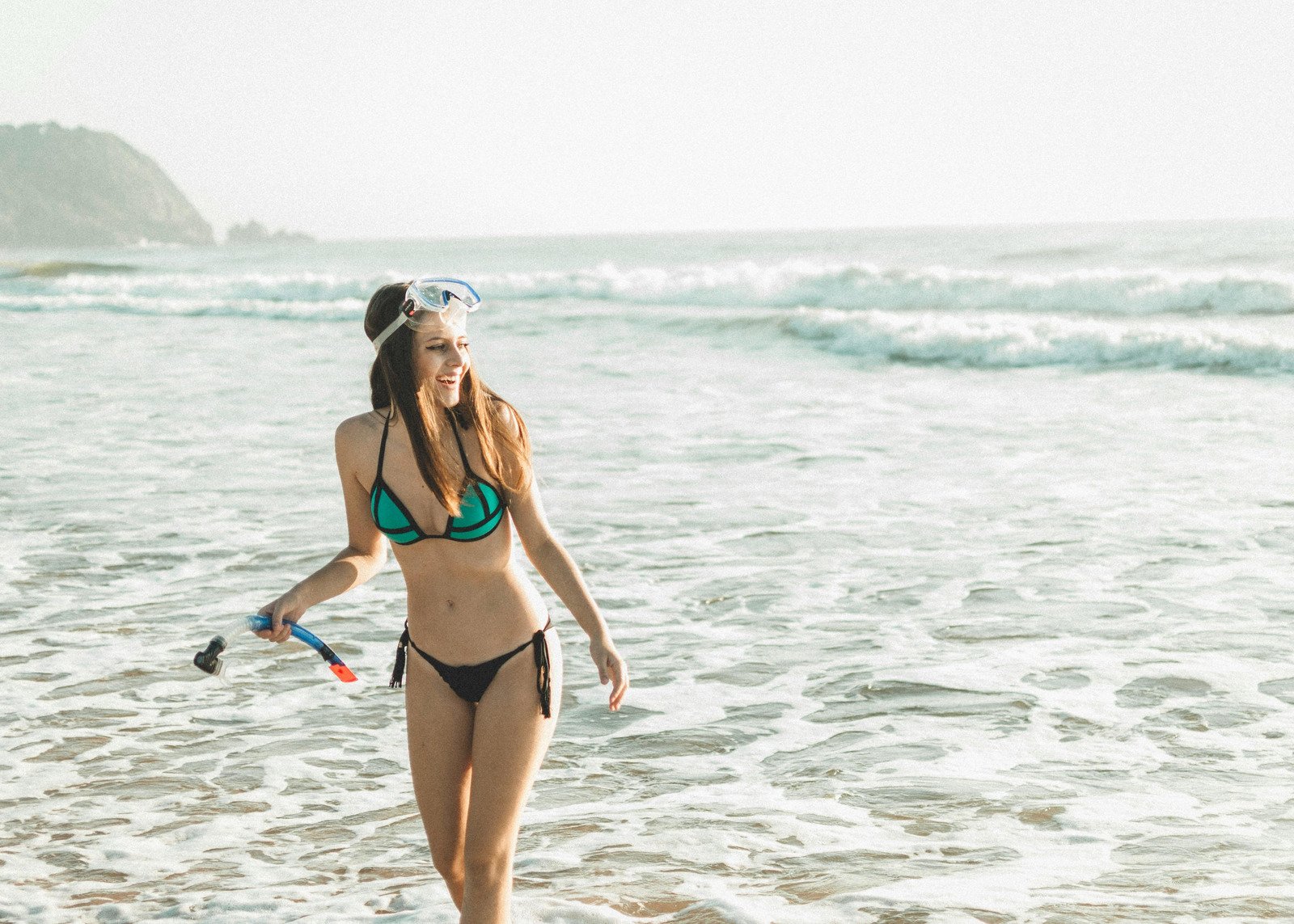In a world that often equates success with accumulation—more things, more commitments, more hustle—minimalism offers a refreshing alternative: less stuff, more meaning. The minimalist lifestyle isn’t about deprivation or living in a stark white room with one chair. It’s about intentionally simplifying your life to focus on what truly matters.
Whether you’re overwhelmed by clutter, stretched thin by obligations, or simply curious about living with less, minimalism offers a path to greater clarity, freedom, and peace. Let’s explore what minimalism really means, why it’s gained so much popularity, and how you can start embracing it in your own life.
What Is Minimalism?
Minimalism is the practice of intentionally removing the excess in favor of what adds value. It’s about choosing quality over quantity, and eliminating distractions so you can live more purposefully.
Minimalism doesn’t mean living out of a suitcase or owning only 100 items (unless you want to!). It’s not a competition—it’s a mindset. A minimalist might own fewer clothes, maintain a simpler home, or have a more flexible schedule—but the common thread is intentionality.
The Benefits of a Minimalist Lifestyle
1. Less Clutter, Less Stress
Clutter has been linked to increased cortisol levels and anxiety. A tidy, streamlined space creates a calmer environment—and a calmer mind. When everything has a purpose, your home becomes a sanctuary rather than a source of stress.
2. More Time and Energy
The less you own and commit to, the less you have to clean, maintain, or manage. Minimalism frees up time and energy you can reinvest into your passions, relationships, health, or creativity.
3. Financial Freedom
When you’re no longer chasing the latest trends or filling emotional voids with purchases, your spending naturally decreases. Many minimalists report saving more money, paying off debt, and feeling more financially empowered.
4. Environmental Impact
Consuming less means producing less waste. Minimalism encourages sustainable choices, from buying fewer clothes to reducing plastic use—making it a lifestyle that benefits the planet, too.
5. Clarity and Focus
With fewer distractions—both physical and mental—you can focus more deeply on your goals and values. Minimalism helps you get clear about what matters most and align your life around it.
How to Start Living Minimally
Ready to simplify? Here are practical steps to begin your minimalist journey:
1. Define Your “Why”
Ask yourself: Why do I want to simplify? Your reasons could be emotional (more peace), practical (less mess), financial (more savings), or philosophical (living more consciously). Knowing your “why” will keep you motivated when things get tough.
2. Declutter One Area at a Time
Don’t try to tackle your entire home in one day. Start small—like a drawer, a closet, or your digital inbox. Ask yourself:
- Do I use this?
- Do I love this?
- Does this add value to my life?
If the answer is no, consider donating, selling, or recycling the item.
Pro tip: Use the KonMari method, which encourages you to only keep items that “spark joy.”
3. Simplify Your Wardrobe
Capsule wardrobes—a limited selection of versatile, quality pieces—are a staple of minimalism. They reduce decision fatigue and closet clutter while helping you define your personal style.
Start by clearing out clothes you haven’t worn in a year. Keep pieces that fit well, match easily, and make you feel confident.
4. Practice Mindful Spending
Before you buy something new, pause and ask:
- Do I really need this?
- Will it improve my life in a meaningful way?
- Am I buying this out of habit or emotion?
Minimalism doesn’t mean you never buy anything. It means you buy with intention.
5. Cut Out Unnecessary Commitments
Minimalism isn’t just about physical stuff—it’s about mental clutter, too. Review your calendar and commitments. Are there meetings, events, or relationships draining your energy?
Say no more often. Leave space for rest, creativity, and spontaneous joy.
6. Digitally Declutter
Our digital lives can be just as overwhelming as our physical ones. Delete unused apps, unsubscribe from emails, organize files, and silence non-essential notifications. Create screen-free time to reclaim your attention.
7. Embrace “Enough”
Minimalism teaches contentment. It’s not about chasing perfection, but appreciating what you already have. Shift your focus from wanting more to being grateful for what’s already here.
Minimalism Isn’t One-Size-Fits-All
Your version of minimalism may look different than someone else’s—and that’s okay. Some people go all-in with tiny homes and minimalist wardrobes. Others simply want to reduce clutter and prioritize self-care. The goal isn’t to follow a strict set of rules—it’s to design a life that supports your well-being, values, and goals.
You might choose to:
- Unplug on weekends
- Downsize your home
- Shop only when necessary
- Create daily white space
- Focus on fewer, deeper friendships
Whatever path you take, minimalism should feel liberating, not restrictive.
Final Thoughts
In a culture that constantly urges us to consume more, minimalism offers a powerful alternative: a life of intention, clarity, and enough. It invites you to let go of what’s weighing you down and make room for what truly matters.
Start small. Stay curious. And remember: living more with less isn’t about having nothing—it’s about making space for everything that matters most.





